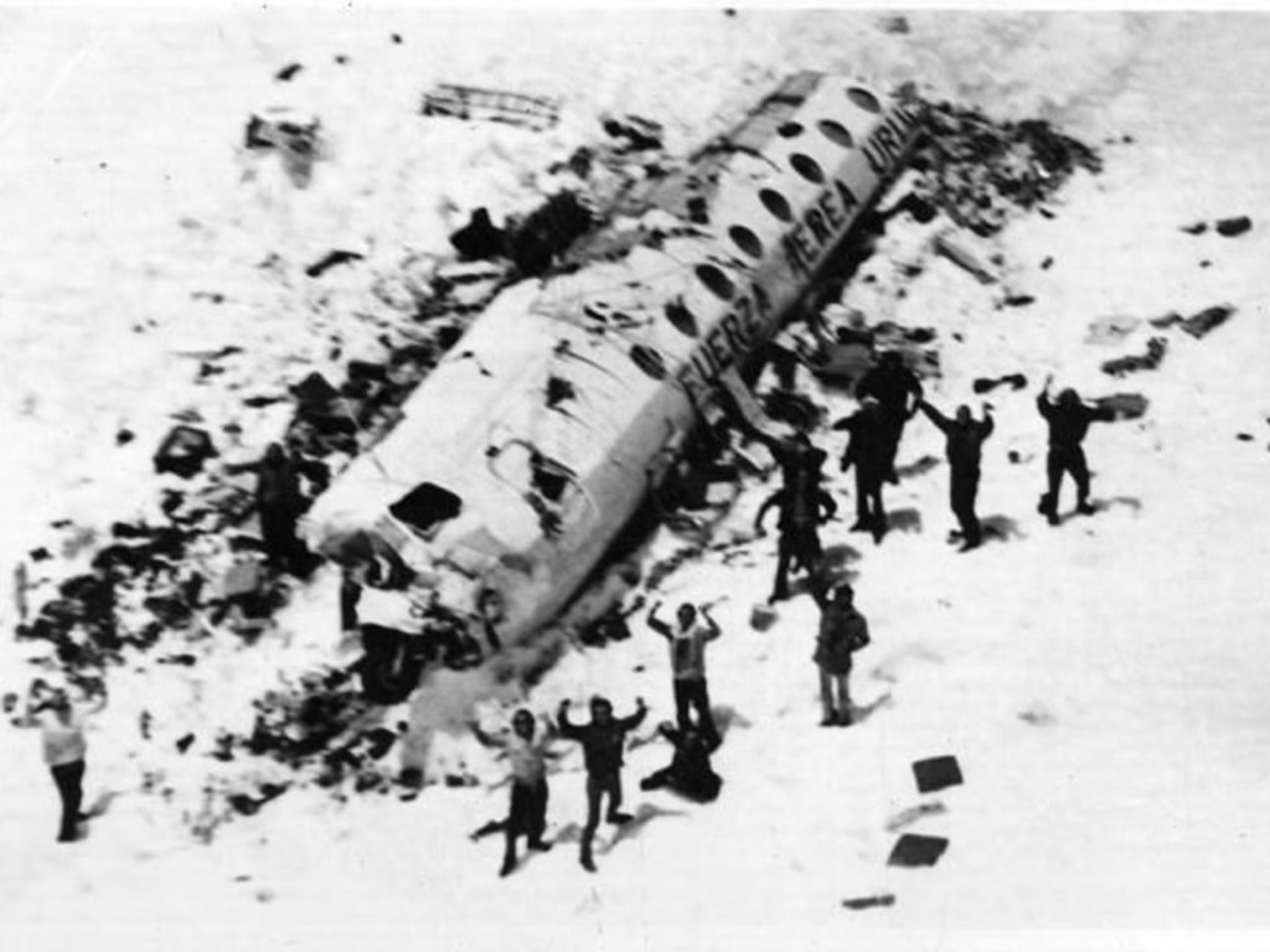March 12, 2025
Hiroshima, Japan, Chernobyl, Russia, Selma, Alabama, Twin Towers, New York City. There are some places that will always be aligned with an event that defined them
So is the case of Montevideo, Uraguay.
Members of the amateur Old Christians Club rugby team from Montevideo, Uruguay, were scheduled to play a match in Santiago, Chile, against the Old Boys Club, an English rugby team. Club president Daniel Juan chartered a twin turboprop airplane to fly the team over the Andes mountains to Santiago. Accompanying the twenty-year-olds were some family members and friends. Forty-five passengers in total were onboard.
An inexperienced co-pilot, Dante Héctor Lagurara, was piloting the aircraft at the time. He mistakenly began descending towards what he thought was Pudahuel Airport in Santiago. The aircraft struck a mountain ridge, shearing off both wings and the tail cone. Three crew members and nine passengers died immediately and several more died soon after due to the frigid temperatures and the severity of their injuries. I remember watching the television coverage of what the media was calling “The tragedy of the Andes.” The date was October 13, 1972. I was in college at the time.
The sun burned their skin during the day while they faced -22-degree temperatures during the night. Because of the Andes altitude they could not breath, and without nourishment starvation began to set in. Others had not survived and praying, crying, and pleading for forgiveness they did what they had to do to survive.
On October 28, after 16 days presumed dead rescue efforts were called off. During that time an avalanche had killed eight more. From 19 team members on the flight, seven of the rugby players survived the ordeal; 12 players and the team physician perished.
Convinced they would die if they did not seek help, two survivors, Nando Parrado and Roberto Canessa set out across the mountains on December 12th. Remember these were not trained survivalists but two young men who using only materials found in the aircraft wreck, sought the strength to survive. After walking over 70 miles in treacherous conditions they found a Chilian farmer who alerted the authorities. On December 22nd and 23rd 1972, two-and-a-half months after the crash, the remaining 14 survivors were rescued by helicopter. You may be old enough to recall their survival made worldwide news.
When Nando Parrado and Roberto Canessa were interviewed about their amazing courage they replied: “We were just normal people put in an impossible situation.”
Survival is not just about getting through one crisis but changing in ways that can go on to define your character. (Nando Parrado is a successful businessman, producer, author, television presenter, and racing car driver. Roberto Canessa became a renowned pediatric cardiologist and motivational speaker.)


What did I learn from my visit to Montevideo?
Two young men who risked their lives found out that they were stronger than they thought. And I was reminded that we are strongest when we serve the needs of others.
The residents of Montevideo do not call this event the “The tragedy of the Andes.” They call it “The miracle of the Andes.”
If you want to know more about this event you can watch the 1983 movie “Alive” or the 2023 Netflix movie “The Society of the Sun”.
Thanks for traveling with us.

Leave a Reply